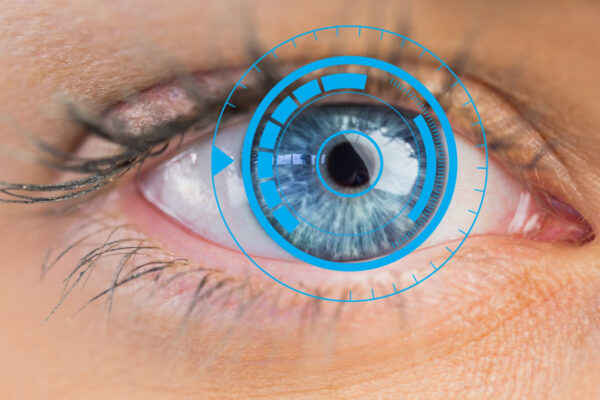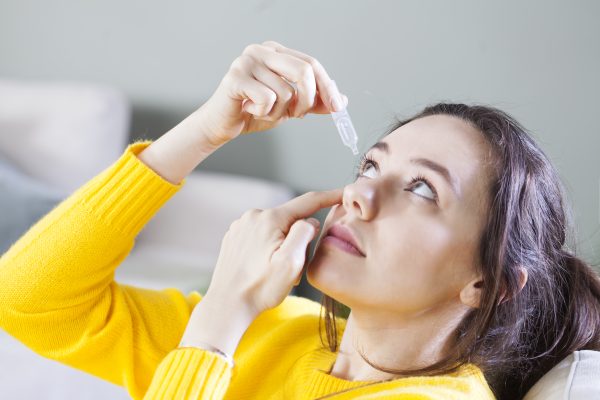Are you doing everything that you can to protect your eyes from injury? October is Eye Injury Prevention Month, making this an excellent time to brush up on the steps that can help reduce the risk of eye injuries. Whether you’re enjoying your favorite activities, taking care of household chores, playing sports, or working in a career with a risk of eye injury, there are steps you can take to reduce the risk of eye injury.
Eye Injury Prevention Month: A Timely Reminder to Protect Eye Health
Eye Injury Quick Facts
The American Academy of Ophthalmology (AAO) publishes statistics on eye injuries from its own Eye Snap Shot survey, to highlight the myths and facts surrounding common eye injuries. You may be surprised by some of the most common reasons for eye injuries, as well as where those injuries most frequently take place:
- Rather than at work, nearly 45 percent of eye injuries occur at home. Common activities that can lead to eye injuries at home include home improvement projects, yardwork, cooking, cleaning, and other household chores.
- Over 40 percent of eye injuries are sustained while playing sports, or during other recreational activities.
- Lack of eye protection was a common thread in many of the injuries reported in the survey, with 78 percent of respondents not wearing any eyewear at the time of injury, and only 5.3 percent wearing protective glasses or goggles.
- Reducing the Risk of Eye Injuries at Home, Work, and Play
- According to the AAO, 90 percent of eye injuries may be prevented by wearing the proper protective eyewear. However, the right eyewear may differ depending on the task or activity, so it’s important to be aware of the risks of any activity:
- Does the activity involve the use of hazardous chemicals or other materials that could cause damage to your eyes on contact?
- Is there a risk of flying debris or other particles, whether as a participant or bystander?
- Are there flying projectiles or objects that could unexpectedly fly into the eye?
- Will there be prolonged exposure to the sun? The sun’s UV rays can damage the eyes, even during cold-weather activities like skiing.
- If you’re participating in an activity with a risk of eye injury, then finding the right protective eyewear is a key step in preventing eye injury. You can speak with your eye doctor to learn more about protective eyewear for your unique needs, and the AAO offers a series of general guidelines:
- For work around the house and yardwork, protective eyewear certified by the American National Standards Institute (ANSI) is recommended. ANSI-approved eyewear can be found at most hardware stores.
- For protective eyewear related to employment, the necessary protection is determined by the Occupational Safety and Health Administration (OSHA). You can learn more from your employer’s human resources department, or from the person who handles OSHA compliance at your place of employment.
- For sports and recreational activities, the AAO recommends choosing protective eyewear tested by the standards of the American Society of Testing and Materials (ASTM). The most common sports for eye injuries are baseball, basketball, and racquet sports.
Eye injury prevention starts with a careful evaluation of the risks of any activity, and an understanding of the steps that you can take to reduce the risk of injury. Wearing the right protective eyewear is a key step in preventing eye injuries, for people of all age groups. Eye Injury Prevention Month is a great time to speak with your eye doctor, and learn more about what you can do to protect your eye health.
Categories:


